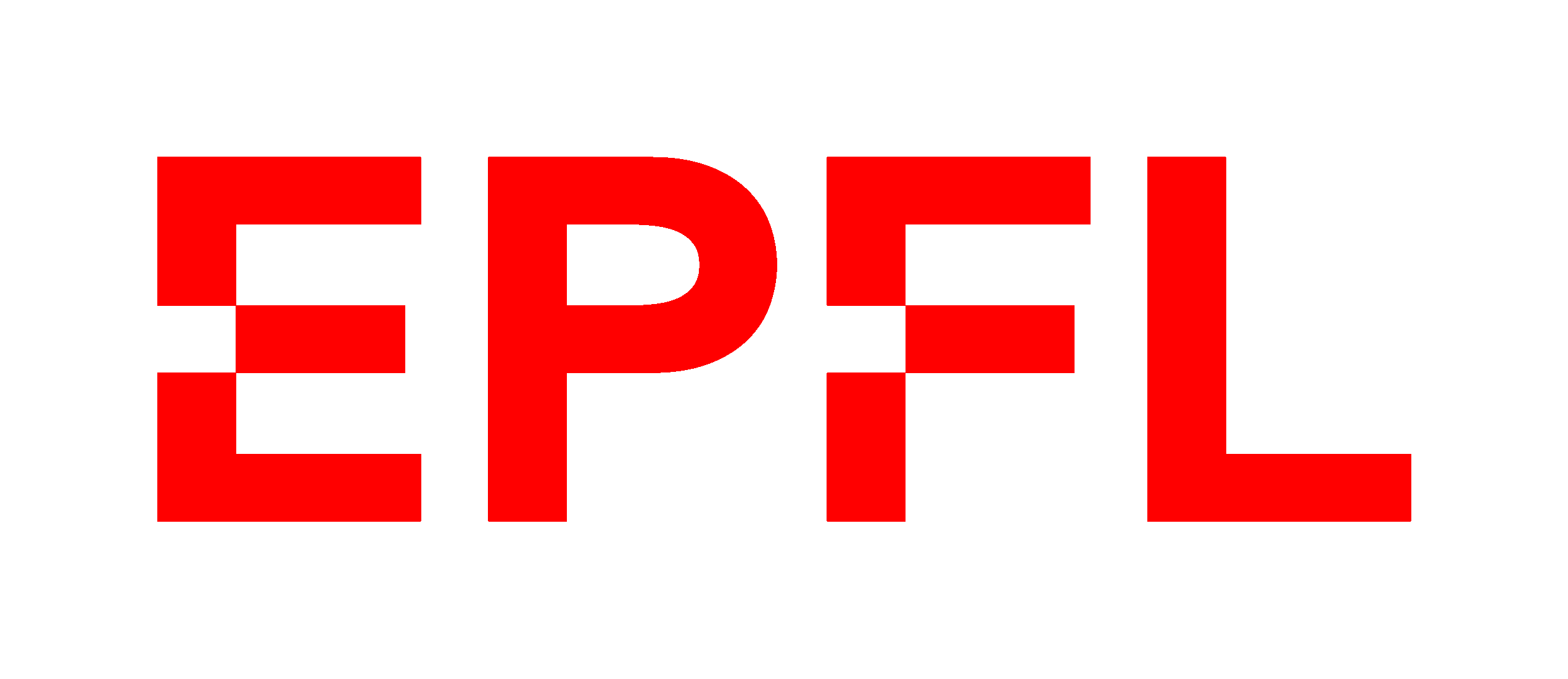EPFL Graduate Course (Master program):
Biological modeling of Neural Networks
- Biological Modeling of Neural Networks (Summer
term; 2h of lectures and 2h of exercises per week), taught by Prof. W. Gerstner
This course for Physicists and Life Scientists
focuses on the mathematical tools of modeling in biology, with a particular focus on
the dynamics of neurons and learning in neural systems.
Objectifs:
Neural networks are a fascinating interdisciplinary field where physicists,
biologists, and computer scientists work together in order to better understand
the information processing in biology.
In this course, mathematical models of biological neural networks
are presented and analyzed.
In the course, students wil learn phase plane analysis, mean-field methods,
stochastic processes, and their application to neural networks in the brain.
Contents:
I. Models of Single Neurons
- week 1. Brain versus Computer
and a first simple neuron model (integrate-and-fire model)
- week 2. Detailed ion-current based neuron models
(Reversal potential, Hodgkin-Huxley model)
- week 3. Two-dimensional models and phase plane analysis
(Reduction of the Hodgkin-Huxley model to two dimensions and Fitzhugh-Nagumo
model)
- week 4. Two-dimensional models and phase plane analysis (cont.)
(Phase transition, type I and type II neuron models, firing threshold, separation of time scales)
II. Neuronal Dynamics of cognition
- week 5.
Associative Memory and Attractor Dynamics (Hopfield Model)
- week 6: Generalizations of the Hopfield Model
- week 7: Neuronal Populations and randomly connected networks
- week 8: Continuum models and perception
- week 9: Competitive dynamics and models of Decision making
III. Noise and the Neural Code
- week 10: Variability of Spike trains, noise and the neural code
(Interval distribution, Poisson process, Renewal process)
- week 11: Variance of membrane potential and Spike Response Model
- week XX. Population dynamics and membrane potential distribution
(diffusive noise/stochastic spike arrival; Fokker-Planck equation,
neuron in subthreshold regime)
IV. Plasticity, Learning, Optimization
- week 12: Synaptic Plasticity, Long-term potentiation and Learning (Hebb rule, mathematical formulation)
- week 13. Summary: Fitting Neural Models to Data
Recommanded text books
Exercises.
Attention.
Many of the Exercises will be integrated in the lectures.
For example a Monday session from 10h15 to 13h00
can be structured as 35 minutes course + 10 minutes exercise
+ break + 25 minutes course + 20 minutes exercise
+ break + 20 minutes course + 15 minutes exercise.
Or as 45 minutes of lecture; 20 minutes of exercise,
10 minutes discussion of exercise and 45 minutes of lecture.
Most exercises are paper-and-pencil, but bring
your labtop, because some exercises
will also be computer-based demonstrations
that you will do in class.
Course Material
Video Lectures are available for this
course
Slides, Python Exercises, and Paper and Pencil Exercises are available for this
course
Students taking the course for credit find additional material
on the Moodle page. The Moodle page is the official page
for any course announcements.
go to LCN Home Page
go to EPFL-I&C Home Page
go to Life Sciences -



